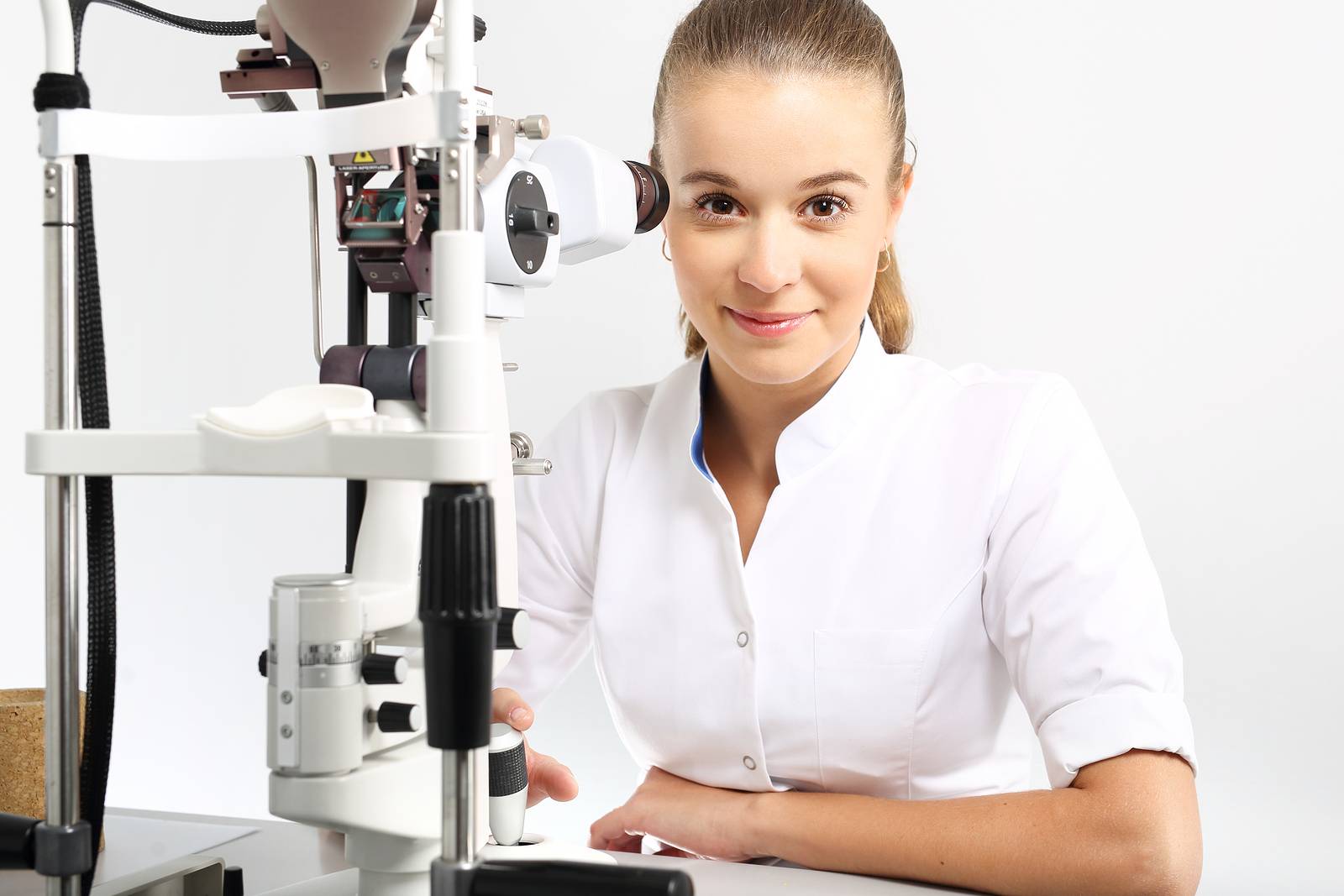The Ultimate Guide To Comprehensive Ophthalmology
Table of ContentsThe Main Principles Of Adult Strabismus Some Known Questions About Adult & Paediatric Eye Surgery.Unknown Facts About Adult & Paediatric Eye SurgeryOur Adult & Paediatric Eye Surgery Ideas
Eye doctors are clinical doctors who concentrate on the diagnosis and also treatment of eye and vision troubles. What is the distinction between an ophthalmologist and an eye doctor, after that? What about opticians? These 3 kinds of eye treatment specialists have instead similar-sounding names and also overlapping task descriptions. It can be puzzling at very first glimpse.They can not offer eye exams, create prescriptions, or identify or treat eye issues. can analyze your eyes, test your vision, prescribe glasses or contacts, and detect and treat numerous eye conditions as well as diseases. They are not medical physicians or surgeons yet can suggest specific eye-related medicines (https://yoomark.com/content/dr-catt-was-accepted-ophthalmology-training-program-sydney-eye-hospital-her-first). Offer eye tests, vision screening, and also prescriptions for glasses or contact lenses.

Ophthalmologists diagnose and deal with injuries, infections, illness, as well as disorders of the eye. Treatments can include drug taken by mouth (by mouth) or topically (in the eye), surgical treatment, cryotherapy (freeze therapy), and also chemotherapy (chemical treatment). Ophthalmologists go to medical school after that get numerous years of specialized training in the clinical and medical treatment of the eye.
Unknown Facts About Amblyopia
As they are the only clinical specialists who can treat all eye disorders, eye doctors see a wide array of eye problems, including: Just how usually should you have an eye exam? What are signs and symptoms that suggest you may have an eye trouble that needs to be inspected by an eye physician? The American Academy of Ophthalmology advises: As children's eyes are growing and altering swiftly, they must obtain a vision testing.
Grownups that have healthy eyes as well as exceptional vision should have 4 thorough eye examinations: one in their 20s, two in their 30s, and also one at age 40. These checkups may enable the eye doctor to catch an eye illness or vision adjustments beforehand. By the time you see symptoms, you may currently have some vision loss (ADULT & PAEDIATRIC EYE SURGERY).

People who go to a higher risk of eye illness click here now may require to get an eye exam regularly. This can consist of people with diabetes, high blood pressure, or a family history of eye issues - ADULT STRABISMUS. After age 65, your eyes ought to be examined every one to 2 years. Despite age, people that wear contacts ought to have a total eye examination yearly.
Your sight depends on seeing the ideal eye physician at the best time. When it's time to "get your eyes examined," make sure you are seeing the ideal eye care expert for your requirements.
10 Simple Techniques For Amblyopia

is a clinical or osteopathic medical professional who specializes in eye and vision treatment. Ophthalmologists vary from eye doctors and lens in their levels of training as well as in what they can detect and also deal with (https://www.nulled.to/user/5285404-drcrlinecatt). As a medical doctor who has completed university and also a minimum of eight years of added medical training, an eye doctor is licensed to exercise medication and surgery.
Numerous eye doctors are additionally included in scientific research on the reasons and remedies for eye conditions and vision problems. SUBSPECIALISTS: ADDED KNOWLEDGE AND ALSO TRAINING FOR CERTAIN EYE requires While eye doctors are educated to take care of all eye problems and problems, some Eye M.D.s focus on a specific location of medical or medical eye treatment.
He or she typically completes 1 or 2 years of extra, more in-depth training called a fellowship in among the major subspecialty locations such as glaucoma, retina, cornea, pediatrics, neurology as well as cosmetic surgery, along with others. This added training as well as understanding prepares an ophthalmologist take care of even more complicated or details conditions in specific locations of the eye or in certain groups of clients.
An eye doctor is not a clinical physician. An eye doctor obtains a physician of optometry (OD) degree after completing 4 years of optometry college, preceded by three years or more years of college. They are accredited to practice optometry, which largely includes executing eye examinations and vision examinations, recommending and also giving restorative lenses, finding certain eye problems, and recommending medications for sure eye illness.
Adult & Paediatric Eye Surgery Fundamentals Explained
They make use of prescriptions provided by ophthalmologists or optometrists, however do not examine vision or write prescriptions for aesthetic modification. Lens are not permitted to detect or treat eye conditions. All of us depend on our vision in even more methods that we might realize. Without healthy vision, our capacity to work, play, drive and even identify a face can be substantially affected.
That's why it is so vital to see an eye doctor for a total medical eye exam by age 40, and also then as typically as suggested by your Eye M.D.
A complete, medical eye test by an Eye M.D. could be the very first action towards conserving your sight. Protruding of one or both eyes; Dark curtain or veil that obstructs your vision; Decreased vision, even if temporary; Diabetic issues mellitus; Altered vision; Dual vision; Excess tearing; Eyelid irregularities; Household background of eye illness; Halos (colored circles around lights); High blood stress; HIV or AIDS; Injury to the eye; Loss of peripheral (side) vision; Misaligned eyes; New drifters (black "strings" or specks in the vision) and/or flashes of light; Discomfort in the eye; Thyroid disease-related eye issues (Graves' condition); Unusual red eye.